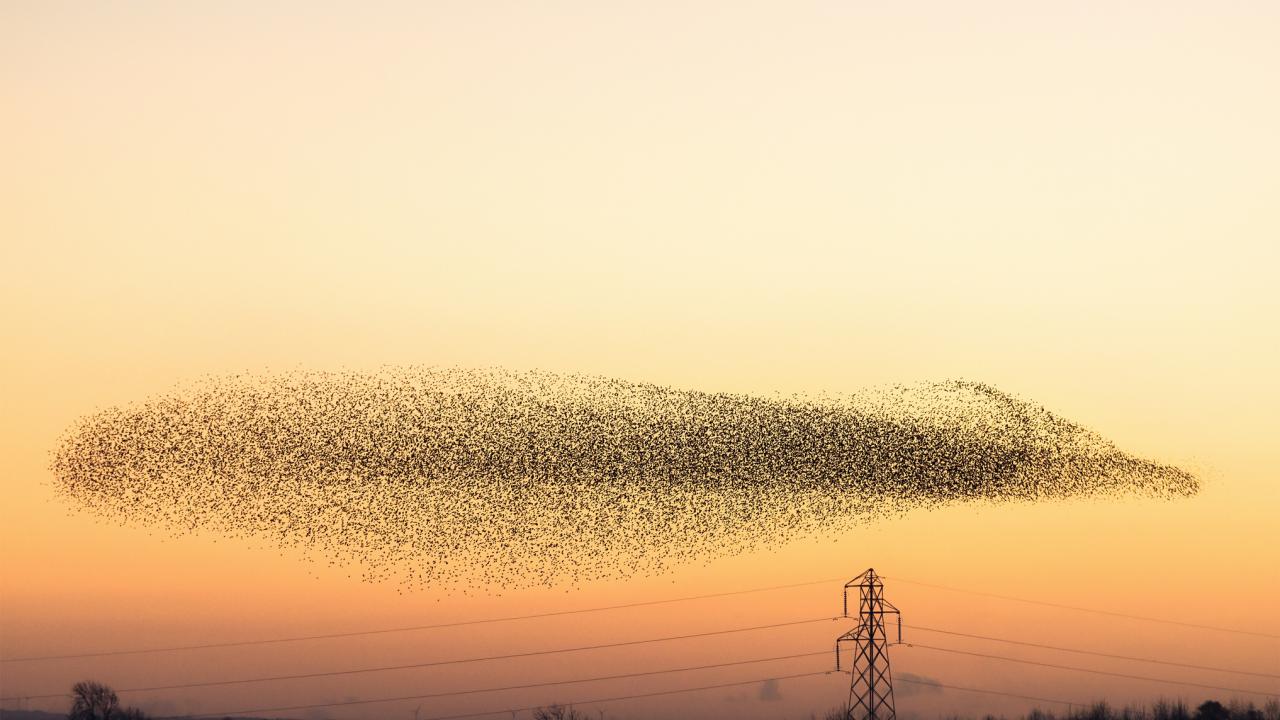When a flock of birds or a school of fish turn and act as one, they are exhibiting collective behavior. The same kind of behavior can be seen in something as simple as a group of cancer cells. Understanding how individuals can spontaneously act together in this way can give insights into biology from animal behavior to disease processes, as well as into phenomena such as traffic patterns.
Now researchers at Hokkaido University, Japan and UC Davis have found new ways to investigate this behavior. In work published Feb. 9 in Science Advances, they show that it is possible to understand the behavior of a network of individuals based on studying how pairs interact.
These groups can be understood as a network of individual agents, where each agent has some type of interaction with a set of other agents. But tracking all possible interactions rapidly becomes extremely difficult as groups increase in size, something mathematicians call the curse of dimensionality.
Follow the leader
The new work builds on earlier work by Professor James Crutchfield, UC Davis Department of Physics and Astronomy and Complexity Sciences Center, and postdoctoral researcher Ryan James. If you consider a pair of agents, one “leader” and one “follower”, information flows between them. Crutchfield and James identified a measure of this information flow called intrinsic mutual information. However, it was difficult to differentiate this from a large volume of other information, called synergistic mutual information, that masked interactions between agents.
Now, working with Crutchfield and James, the Hokkaido team was able to develop new tools to look at information flow by decomposing it into its functionally distinct types: unique, redundant, and synergistic. They showed that where there are multiple followers to one leader, synergistic information flow actually drops away. The memory of each agent – how its present state affects its future behavior -- also has an effect that had not previously been recognized and accounted for.
Based on these newly identified properties, it is now possible to understand the behavior of an entire network of individual, interacting agents based on the agents’ pairwise interactions. So for example, you could take the behavior of a cell pairs in a cell mass and then predict how the entire mass is going to behave.
The work was supported by grants from MEXT and JSPS, Japan and the US Army Research Office.
Media Resources
Modes of information flow in collective cohesion (Science Advances)
